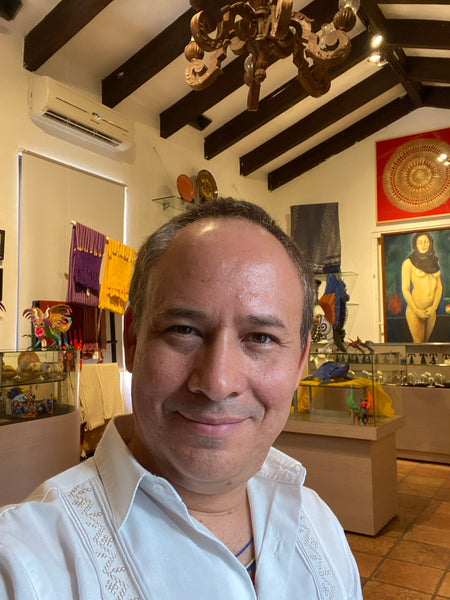Alebrijes are vibrant, intricately designed folk art sculptures that originate from Mexico, particularly from the regions of Oaxaca and Mexico City. These fantastical creatures are not just whimsical art pieces; they carry profound cultural and symbolic meanings, reflected through their unique patterns and vibrant colors. Understanding the significance of these patterns not only enriches one’s appreciation of Alebrijes but also offers a glimpse into the rich tapestry of Mexican folklore and traditions.
Understanding the Symbolism in Alebrijes Patterns
Each Alebrije is unique, and the patterns serve as more than just decorative elements. They are symbolic representations of the artisan's perceptions and spiritual expressions. Here are some insights into the most common patterns found in Alebrijes and their meanings:

1. Zigzags and Spirals: Energy and Natural Forces Zigzag patterns often symbolize energy and natural forces such as lightning and thunder, embodying dynamic motion and power. Spirals, frequently seen in Alebrijes, may represent growth, life cycles, and the universe's continuous change.
2. Waves: Connectivity and Flow The wave patterns often signify water, which is a crucial element in Mexican culture, representing life, purity, and renewal. These patterns can also symbolize continuity and the rhythm of life, reflecting the fluidity and interconnectedness of the natural world.

3. Eyes: Guardianship and Knowledge Eyes are a common motif in Alebrije patterns and are believed to serve as protectors against evil spirits. Multiple eyes on the Alebrijes may symbolize the ability to see in multiple directions, denoting wisdom and awareness.
4. Floral and Fauna Motifs: Fertility and Nature Flowers and animal patterns are prevalent in Alebrijes, often symbolizing the lushness and vibrancy of life. Flowers, in particular, can represent fertility and the beauty of nature, while animal patterns may signify the traits of the particular animals represented, such as strength, cunning, or endurance.
5. Geometric Shapes: Order and the Universe Geometric patterns, including triangles and squares, are often used to depict the structured nature of the universe. These shapes can represent stability, balance, and the fundamentals of existence.
Artistic Techniques and Color Symbolism
The production of Alebrijes involves significant skill in both carving and painting. The choice of colors is equally symbolic. For instance:
- Red is often used to signify passion, energy, and life.
- Blue might represent the sky and water, evoking serenity and calm.
- Yellow typically symbolizes the sun and maize, both essential elements in Mexican culture, denoting warmth and sustenance.


0 comments